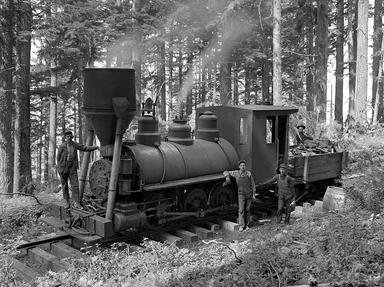Quiz Answer Key and Fun Facts
1. What is the name of the main street for UC Berkeley activities? It featured Moe's Books, the Café Mediterranean, various eateries and people spending time on the streets talking to each other, "hanging out," as it came to be known.
2. Who was the powerful student leader, son of a Sicilian steel worker, who was compelled to speak out against "the operation of the machine," or the administration's bureaucracy?
3. In what year did the Free Speech Movement take place in Berkeley, California?
4. What song with the line "we are not afraid" became the theme song of the civil rights movement in the 1960's?
5. What was name of the spontaneous movement set off in 1964 by students insisting upon their right to set up tables and pass out leaflets near Sather Gate?
6. Who was the President of the University of California in the 1960's?
7. At UC Berkeley, what cohesive student movement developed well before the FSM?
8. In the second half of the 1960's, there were demonstrations called "Free Huey." These refer to Huey P. Newton. For what was Newton arrested?
9. Who was the colorful writer who was the leader of and traveled with the Merry Pranksters?
10. As it began, the decade closes on a note of cooperative activity toward a goal. In 1969, some 30,000 students marched to a place the University had bought for constructing student dorms. The students wanted it to be a place for student open air meetings, music and togetherness. What was the name of this contested place according to the students?
Source: Author
windswept
This quiz was reviewed by FunTrivia editor
bloomsby before going online.
Any errors found in FunTrivia content are routinely corrected through our feedback system.

